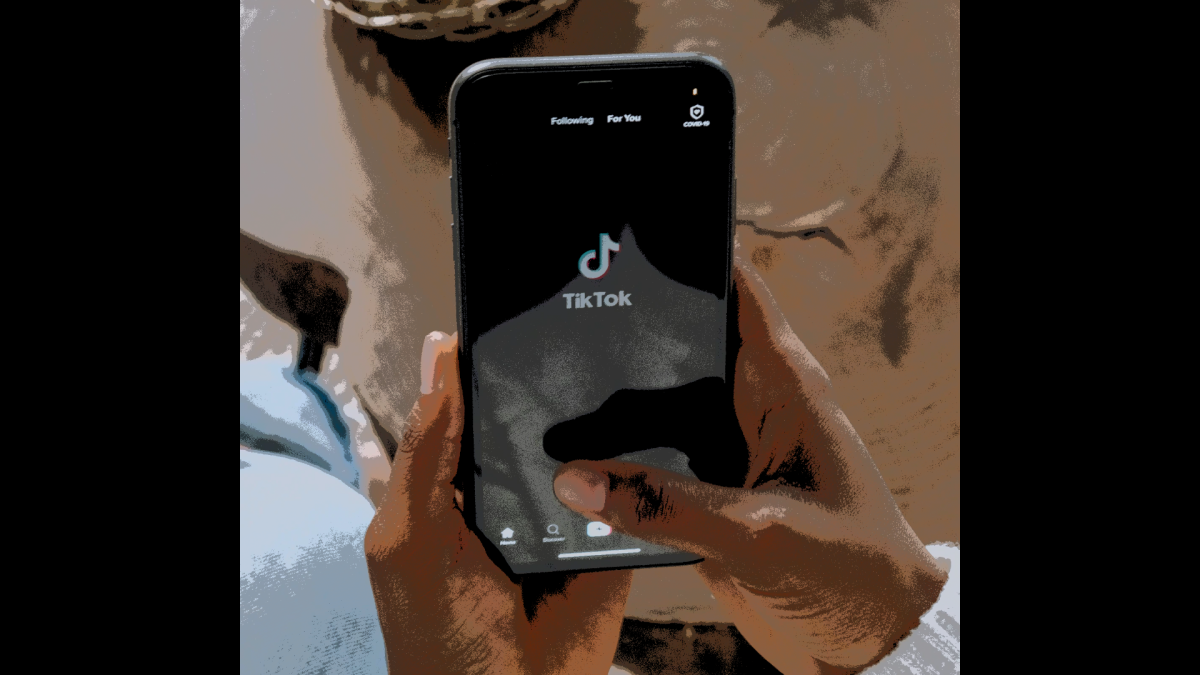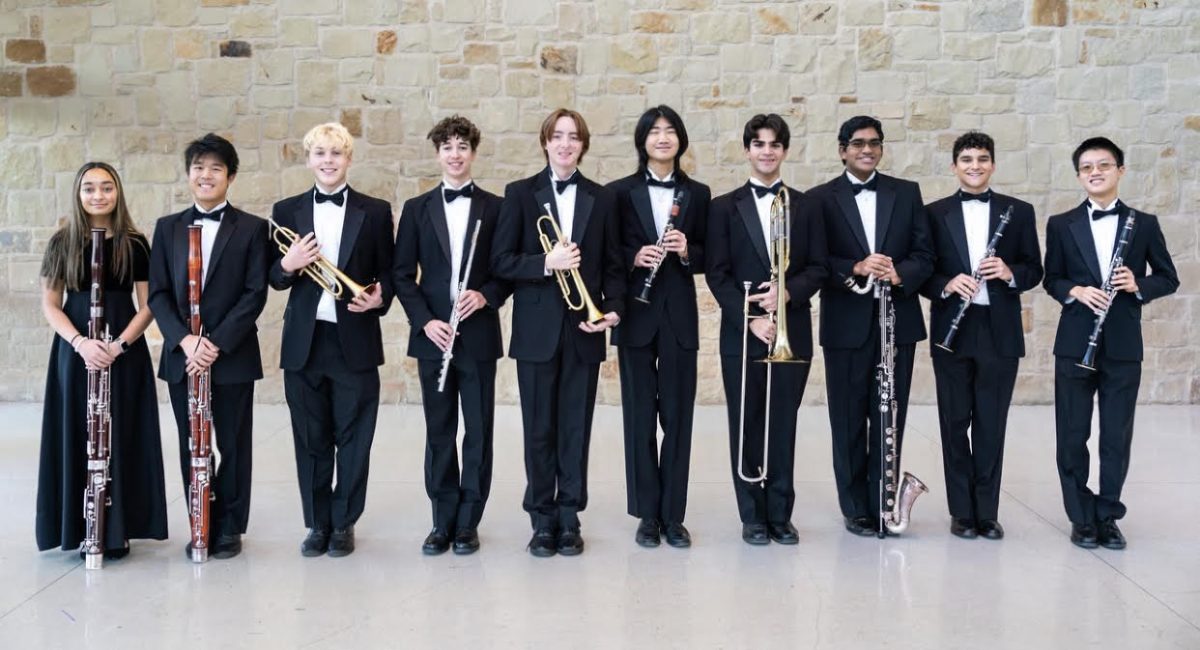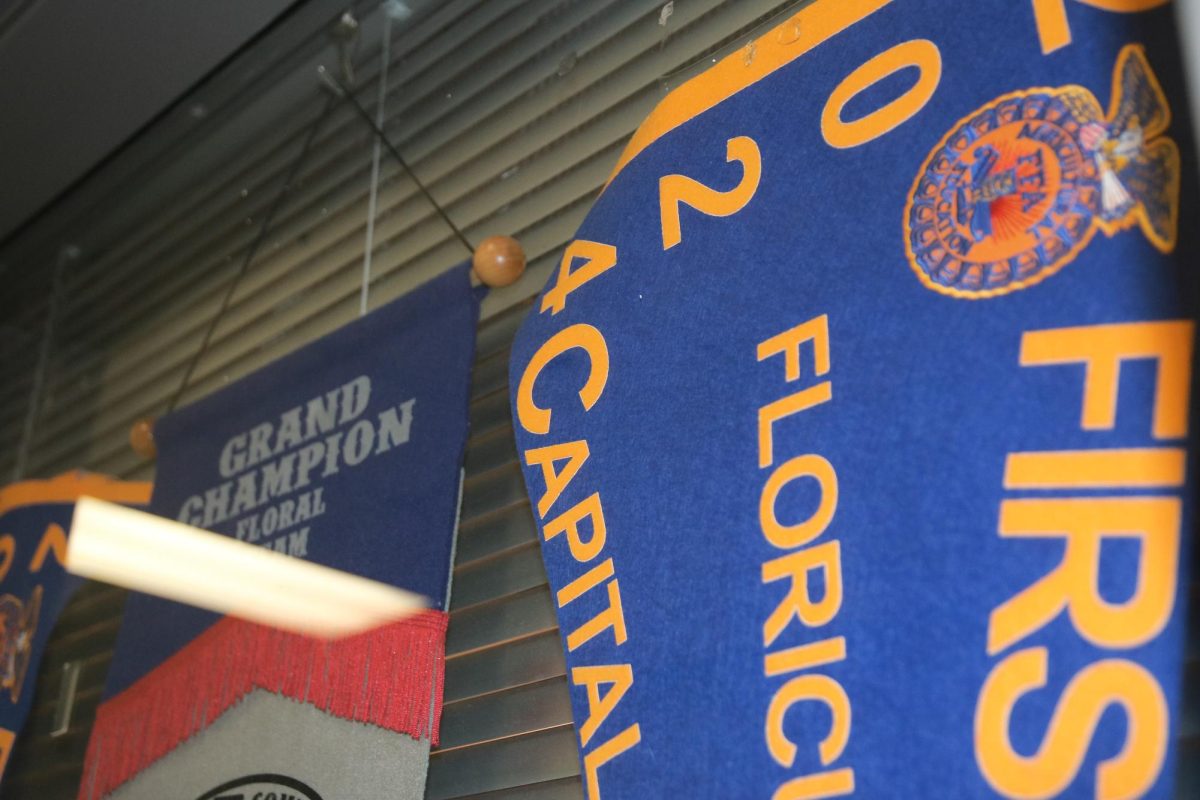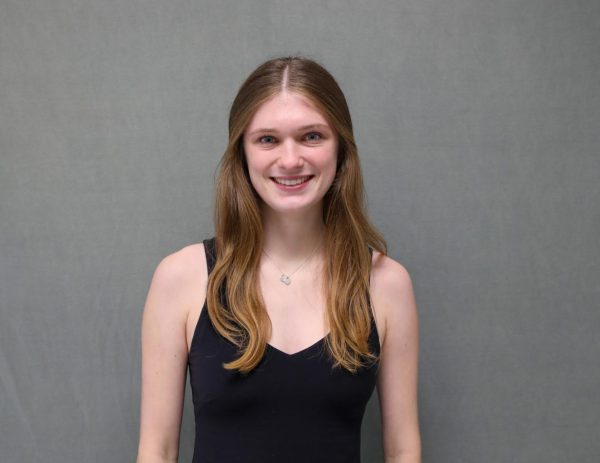11:59 PM, Aug. 31, 2023.
Your eyes suctioned to the old fashioned alarm clock on your desk, watching as the seconds hand approaches the 12 marking, dragging itself along. It’s as if the clock understands the importance of this moment, taking its sweet time to orbit the bottom curve of its glassy surface, because the instant that hand rounds out the minute, it becomes real. Four years of college hang entirely in the balance of a singular minute. 12:00 AM, Sept. 1, 2023. A moment passes. Then another. Still, the screen of your phone remains blank. No call, just a looming 12:02 AM glaring back at you from your home screen. Yet, just as a flush of unease begins to set in, your phone lights up with a string of unfamiliar numbers. You click to accept the call. “Hello?”
Beginning the college decision journey far sooner than the majority of the student body, athletes intending to pursue their sport to the collegiate level must begin contact with coaches early into their high school careers in a process that tests their devotion to both their sport and their decision to carry it to the next level.
“The recruitment process was definitely difficult, and I did get discouraged at times,” senior Emmie Gardner said. “But when I toured the school that I ended up committing to, I fell in love with it. The coaches at Vandegrift are super supportive and helpful and they helped me find my school.”
Gardner is set to attend Presbyterian College in the fall to play lacrosse, though the path she took to reach that decision involved extensive contact with coaches, both official and unofficial campus tours, and a hefty load of both disappointments and proud moments.
“The recruitment process is definitely stressful,” Gardner said. “It’s kind of hard because it feels like a lot of rejection, but it’s also really exciting. It’s fun to feel wanted, but then also you’re being led on by all these schools for something that’s going to shape your future.”
According to Gardner, the recruitment process commences the summer following sophomore year. In a flurry leading up to Sept. 1, the day coaches and students are allowed to make contact, Gardner attended various lacrosse summer camps in an attempt to get as many looks from college coaches as possible.
“When they say that coaches call you at 12 AM, they actually do call you at 12 AM, so you have to be up on the phone late into the night,” Gardner said.
Gardner received several calls and interest emails on Sept. 1, before scheduling visits based on how well she connected with each coach. According to Gardner, oftentimes athletes will take both an official and unofficial visit to a campus. Once students take their official visit and receive their offer, they must assess whether or not it is a good fit financially as well.
“If you want to take an unofficial tour, you aren’t really talking to the coaches yet,” senior Colton Spaulding (attending Drury University for swimming) said. “Instead, you are pretty much just getting a first impression of the school. But with an official tour, they will give you the whole rundown and you will have a chance to talk with the coaches and team.”
For Gardner, touring the school is what allowed her to make her final decision, allowing her to experience both the campus’ culture and a relatively small campus size, a factor that had initially deterred her.
“It’s a smaller college, which originally was something that I wasn’t too fond of, coming from a big high school,” Gardner said. “But I really just love the girls on the team, as they were extremely welcoming. Not only that, but the research program that they have, and the academics there are really good for my major.”
For Gardner, a large factor in choosing a school was her ability to enjoy the college experience and find a time balance between school, personal life, and athletics.
“College athletics is a very big time commitment, so finding the school that was right for me was most important,” Gardner said. “So it was definitely stressful because I was deciding my future for the next four years of my life, and then after that as well.”
College athletics require an extensive amount of time according to senior Jackson Stafford (committed to South Dakota School of Mines for track and cross country), including at least an hour to two hours of practice per day, sometimes twice per day, ensuring a packed schedule for all student athletes. Still, Stafford’s passion for track and cross country is what pushed him to make space for running such a commitment.
“Running is a big part of my life, especially now,” Stafford said. “But even freshman year, I was like “I’m all right at this,” so I thought I could probably go run at a small school.”
While recruitment meant athletes had a straight shot into the school once in contact with the coach, students were still required to submit general applications to the school to ensure they could handle the academic load of the university in the first place. Regardless, students like Stafford favored recruitment over the general applications he submitted.
“I think I preferred recruitment,” Stafford said. “It just made it a bit more simple to choose a college, because otherwise I would have had a lot more options, which isn’t necessarily a bad thing, just maybe a bit more stressful.”
While the process came with some bumps, overall, Stafford found the recruitment process straightforward as he had begun it early, attending a visit to his school and meeting with the coach freshman year.
“The process was a little bit nerve wracking because I was deciding where I would spend the next four years of my life,” Stafford said. “But I’d been in contact with the coach since freshman year, so we had a relationship and it was easy to move that forward.”
Regardless of the stress that recruitment may add to the lives of athletes, students like Gardner, who choose to take their sport to the next level, have one thing in common: an immense commitment to continue pursuing the thing that shaped their high school experience.
“I love playing lacrosse and I’ve been playing since middle school,” Gardner said. “I can’t imagine myself not playing in college. I can’t imagine myself not taking it to the next level.”










